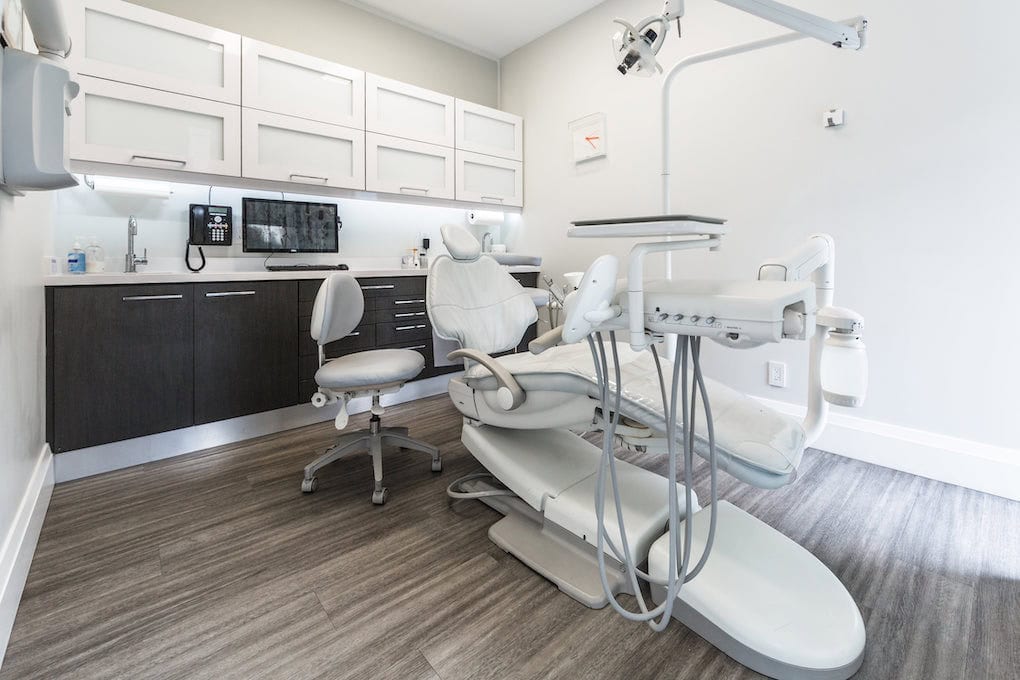
July 19, 2023
How Your Dental Practice’s Real Estate Affects EBITDA

When it comes to owning your dental practice’s real estate, it’s one thing to understand the fair market value of your practice. But it’s entirely another thing to know how the real estate you own impacts your EBITDA (earnings before interest, taxes, depreciation and amortization) when it comes time to sell to a DSO (dental service organization). As the second most valuable asset of your business, the real estate in which your dental practice is located adds another layer to the transition of ownership. Here’s what you will need to consider to make the best choice for you and your dental practice.
What is fair market value?
First, it’s important to note that dental entrepreneurs often buy real estate not only for the benefit of charging rental income but also as a tax strategy. CPAs will typically advise doctor-owners to charge a higher rental rate than what’s common in their area so the owner can pocket the extra money, but that does not correlate fair market value.
Fair market value, on the other hand, is defined as the price the property would bring on the open market, given knowledgeable buyers. This means that sometimes the fair market value and the price a doc charges their practice for “rent” don’t always align. And that can have major implications when it comes to selling your practice – especially if you’re selling to a DSO because they’ll want to pay fair market value for your property.
How fair market value fits into EBITDA
If you’re looking to sell your practice and the corresponding building to a group or DSO, one of the metrics you need to know is your EBITDA. It essentially describes a company’s current operating profitability. Rent is a metric that’s subtracted from a dental practice’s EBITDA as an expense, which impacts the profitability of the practice. Raising or lowering the cost of rent can directly impact EBITDA.
Let’s say you charge $80 per square foot for your single-tenant space but fair market value would only get $15 per square foot. If you want to keep charging $80 per square foot, that’s fine but it will decrease the practice’s EBITDA because it’s considered an expense. If you adjust the cost of rent to be $15 per square foot, it will increase EBITDA because it goes to the bottom line instead of an expense.
For example, let’s say you drop the cost per square foot to be market values and it increases the EBITDA by $120,000. If you get a 7x multiple on the practice, then you’ll yield closer to $900,000 in cash upfront by selling the practice instead of holding onto it for passive rental income.
But should you sell the property or hold onto it?
The question to ask yourself when transitioning ownership to a DSO is if you want the cash upfront with the sale of the property in the form of EBITDA or if you want to continue to collect rental income. In terms of a return on your investment, “cash on hand is always worth more than a dollar tomorrow,” as Professional Transition Strategies Lead Broker Stanton Kensinger recently said. So, getting the cash upfront may work for some dental entrepreneurs.
However, there’s no one-size-fits-all answer. You could keep collecting rental income if you choose to hold onto the real estate. It’s important to note that there is always the potential that commercial real estate values could drop in the future.
Moving forward
In the end, Kensinger asserted it all comes down to “location, location, location” and the deal structure you agree upon with the DSO. In the end, if rental income is what you’re after, you could sell your current building and use that money to purchase more real estate elsewhere, Kensinger advised, adding, “There are lots of strategies here.”
What’s next?
A common struggle at this point in the process of a sale is assessing what the space could lease for in the open market. Contact the experts at Professional Transition Strategies to assess the fair market value for your dental practice through a free appraisal.